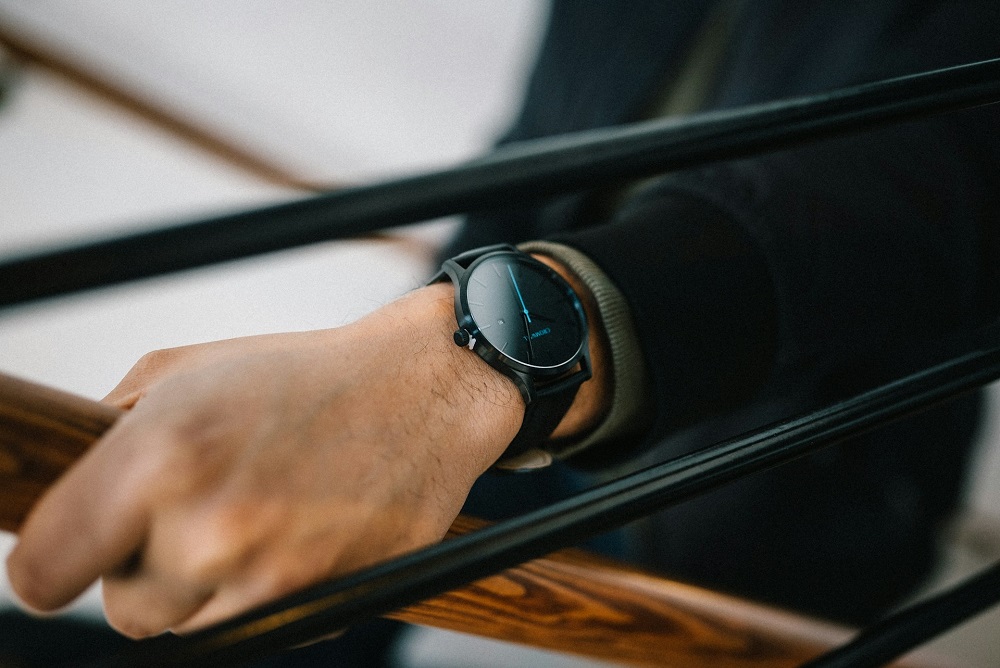
In outdoor sports, grip strength isn’t just an asset—it’s a necessity. Whether scaling a rugged cliff face, swinging a golf club, or controlling a paddle through choppy waters, the power of one’s grip can significantly impact performance, safety, and, ultimately, success. This article dives into the top seven outdoor sports where grip strength is pivotal, outlining why it matters and how it can be the difference between good and great.
7 Outdoor Sports That Require Grip Strength
Rock Climbing
Rock climbing demands exceptional grip strength, not just for holding onto the smallest of holds but for supporting the climber’s entire body weight on challenging ascents. A strong grip enables climbers to navigate through difficult routes, manage their endurance over long climbs, and prevent injuries by reducing the strain on muscles and joints.
Tennis
In tennis, the power and control of every shot start in the grip. A firm grip on the racket is crucial for executing precise shots, powerful serves, and swift volleys. Players with superior grip strength can manipulate the racket with more finesse, applying the exact amount of force needed to place the ball where they want it.
Golf
Grip strength in golf affects the swing’s accuracy and the ball’s trajectory. A strong, stable grip ensures that the clubface remains square to the ball at impact, minimizing the risk of slicing or hooking. Furthermore, it allows golfers to generate more speed and power, translating to longer drives.
Baseball
From pitching to batting, grip strength is fundamental in baseball. Pitchers with a strong grip can throw with more velocity and spin, making the ball more difficult for batters to hit. Similarly, batters with robust grip strength can swing the bat faster and with more power, increasing their chances of hitting home runs.
Rowing
Rowing is a sport where grip strength directly influences endurance and stroke power. A firm grip on the oars allows rowers to perform more efficient strokes, maintain better control over the boat, and reduce fatigue, enabling them to sustain higher speeds over long distances.
Mountain Biking
Mountain biking on rough terrain requires a strong grip to maintain control of the handlebars, especially when navigating steep descents, sharp turns, and obstacles. A solid grip helps absorb shocks and vibrations, reducing the risk of losing control and crashing.
Obstacle Course Racing (OCR)
OCR challenges participants with various obstacles that test strength, endurance, and agility. Grip strength is crucial for climbing ropes, swinging across monkey bars, and holding onto various grips while navigating the course. A strong grip can distinguish between completing an obstacle successfully or facing a penalty for failure.
Why is Grip Strength So Important in Sports
Grip strength is crucial in sports, impacting performance, safety, and longevity in athletic pursuits. Here are the key reasons why grip strength is so important in sports:
Enhanced Performance
In many sports, grip power directly influences your ability to perform specific actions effectively. For instance, in racquet sports like tennis or badminton, a strong grip allows for better control over the racquet, affecting shot precision, spin, and power. In weightlifting, grip strength enables athletes to lift heavier weights securely. Similarly, in baseball or golf, the grip affects swing mechanics and the force applied to the ball.
Injury Prevention
A strong grip helps distribute the force exerted during sports activities more evenly, reducing the risk of overuse injuries. It can prevent conditions such as tendonitis, wrist strains, or elbow problems by ensuring less stress is placed on these vulnerable areas. Furthermore, a firm grip can protect athletes from acute injuries caused by losing hold of equipment or slipping off support surfaces, as might happen in climbing or gymnastics.
Improved Endurance
For sports requiring prolonged or repetitive use of the hands and forearms, such as rowing, climbing, or cycling, grip strength is a key factor in endurance. A stronger grip reduces the overall effort needed to maintain a hold, thereby delaying the onset of fatigue. This allows athletes to maintain optimal performance levels for longer periods.
Increased Versatility and Adaptability
Athletes with superior grip strength can more easily adapt to unexpected situations, such as changing weather conditions in outdoor sports or unexpected movements from opponents in contact sports. This adaptability can be a significant competitive advantage, allowing for quick adjustments to make the difference between winning and losing.
How to Improve Grip Strength?
Improving grip strength can enhance performance across these outdoor sports. Incorporating grip strengther and grip-specific exercises like dead hangs, farmer’s walks, and wrist curls into regular training routines can help athletes develop a stronger, more resilient grip. Additionally, practicing the sport itself often naturally improves grip strength over time.
Conclusion
Grip strength is a critical yet overlooked component of athletic performance in many outdoor sports. By recognizing its importance and actively working to improve it with the help of grip strengther and exercises, athletes can unlock new levels of performance, safety, and enjoyment in their chosen sports. Whether you’re a climber, a tennis player, or a mountain biker, a strong grip is your key to unlocking your full potential.
